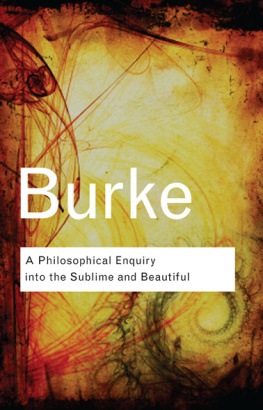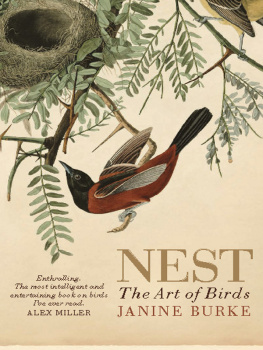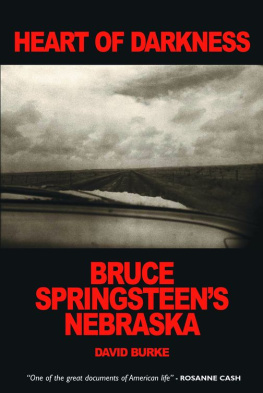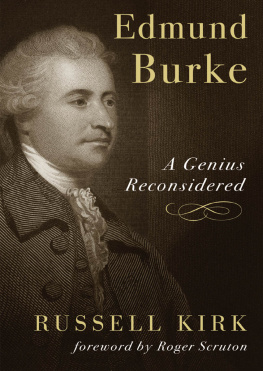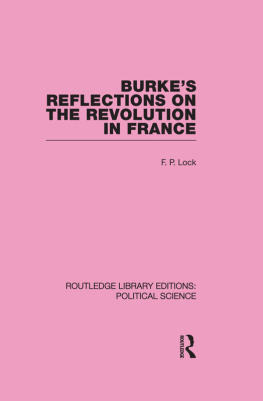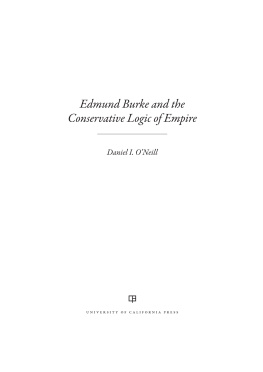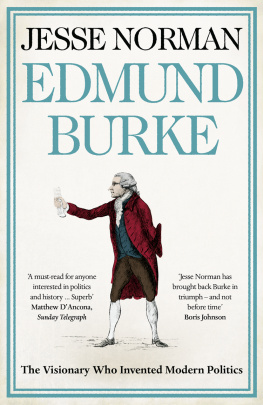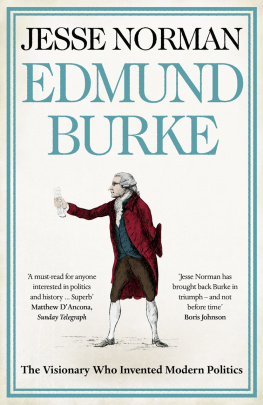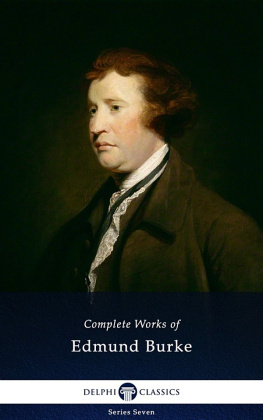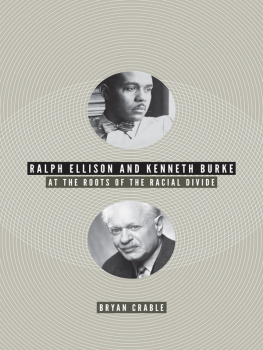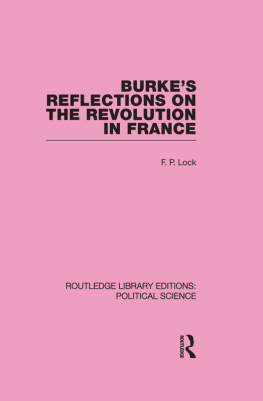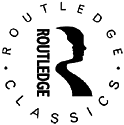Edited with an introduction and notes by James T. Boulton, Emeritus Professor of English Studies, Birmingham University and Fellow of the British Academy
This edition first published 1958
by Routledge and Kegan Paul
First published in Routledge Classics 2008
by Routledge
2 Park Square, Milton Park, Abingdon, Oxon OX14 4RN
Simultaneously published in the USA and Canada
by Routledge
270 Madison Ave, New York, NY 10016
Routledge is an imprint of the Taylor & Francis Group, an informa business
This edition published in the Taylor & Francis e-Library, 2009.
To purchase your own copy of this or any of Taylor & Francis or Routledges collection of thousands of eBooks please go to www.eBookstore.tandf.co.uk.
1958, 2008, James T. Boulton
All rights reserved. No part of this book may be reprinted or reproduced or utilized in any form or by any electronic, mechanical, or other means, now known or hereafter invented, including photocopying and recording, or in any information storage or retrieval system, without permission in writing from the publishers.
British Library Cataloguing in Publication Data
A catalogue record for this book is available from the British Library
Library of Congress Cataloging in Publication Data
A catalog record for this book has been requested
ISBN 0-203-86869-2 Master e-book ISBN
ISBN13: 978-0-203-86869-0 Master e-book ISBN
ISBN13: 978-1-135-24620-4 ePub ISBN
ISBN10: 0415453267
ISBN13: 9780415453264
EDITORS PREFACE
Burkes eminence as a political thinker has been long acknowledged: his claims as an aesthetician have rarely been seriously, never thoroughly considered. On the other hand, while his theory is no longer acceptable, no reputable historian of the aesthetics, the literary criticism, or the taste of the eighteenth century fails to give a mentionfrequently a detailed analysisto Burkes Philosophical Enquiry into the Sublime and Beautiful. And yet no critical edition of this work has been published in the two hundred years since its first appearance. Without exaggerating the wisdom of the Enquiry, one must rank it among the most important documents of its century. Besides painters, architects, and a host of minor writers, such major figures as Johnson, Blake (despite his overt scorn for Burkes ideas), Wordsworth, Hardy, Diderot, Lessing, and Kant felt its influence. It is hoped, therefore, that this bicentenary edition will enable a just historical estimate to be made of a work in which, as Johnson remarked of him later, Burkes stream of mind is perpetual.
The principal tasks facing an editor were to establish a definitive text, to show and account for Burkes extensive textual changes in the second edition, and to supply the necessary annotation. In addition, I have related the whole work to the historical development of ideas and shown some directions in which, in England and Europe, it appears to have been influential.
To whatever degree of adequacy and completeness has been achieved many have contributed; what faults remain are my sole responsibility. To Professor V. de S. Pinto and my colleagues in the Department of English in the University of Nottingham my thanks are due for their unfailing assistance; in particular I am indebted to Mr. G. R. Hibbard who read the manuscript, made valuable suggestions, and saved me from many erros. Mr. W. R. Chalmers and Dr. D. Brett-Evans kindly solved various problems connected with classical and German literature respectively; Mr. D. Jefferson, of the University of Leeds, generously put at my disposal his own work on the Enquiry; Professor T. W. Copeland, of the University of Chicago, answered many enquiries about the Burke manuscripts, as did Professor W. B. Todd, of Harvard University, about the printed texts; and to Professor I. Ehrenpreis, of Indiana University, who advised and assisted unstintingly, I am indebted in a score of ways. I am also grateful to Mr. H. Erskine-Hill for help in correcting the proofs. Finally, without the willing co-operation of the Librarians and staffs of the Bodleian Library and the Nottingham University Library, the task would have been impossible.
J.T.B.
University of Nottingham
ACKNOWLEDGMENTS
I acknowledge permission from Mr. C. E. C. Hussey, Messrs. Putnam & Co. Ltd. (London), and Messrs. G. P. Putnams Sons (New York), to quote from The Picturesque (1927); and from the Provost and Senior Fellows of Trinity College, Dublin, to quote from The Early Life, Correspondence and Writings of the Rt. Hon. Edmund Burke (Cambridge, 1923), by A. P. I. Samuels.
I am satisfied I have done but little by these observations considered in themselves; and I never should have taken the pains to digest them, much less should I have ever ventured to publish them, if I was not convinced that nothing tends more to the corruption of science than to suffer it to stagnate. These waters must be troubled before they can exert their virtues. A man who works beyond the surface of things, though he may be wrong himself, yet he clears the way for others, and may chance to make even his errors subservient to the cause of truth. I only desire one favour; that no part of this discourse may be judged of by itself and independently of the rest; for I am sensible I have not disposed my materials to abide the test of a captious controversy, but of a sober and even forgiving examination; that they are not armed at all points for battle; but dressed to visit those who are willing to give a peaceful entrance to truth.
Burke, Enquiry, p. 54.
EDITORS INTRODUCTION
I. COMPOSITION AND PUBLICATION
It is four years now since this enquiry was finished: so runs the Preface (not reprinted in later editions) to Edmund Burkes Sublime and Beautiful when it first appeared on 21 April 1757. Burkes assertion is untruehe refers, for instance, in the work itself to Spences Account of the Life, Character, and Poems of Mr. Blacklock, not published until 13 November 1754 While resisting this pressure Burke informed Malone that the subject had been long rolling in his thoughts before he wrote his book, he having been used from the time he was in college to speculate on the topics which form the subjects of it. He was six or seven years employed on
it. This more accurate indication of the period of composition directs our principal attention to the years 17471753 or 1754, but clearly suggests that to begin no earlier than 1747 would be to falsify the picture.

